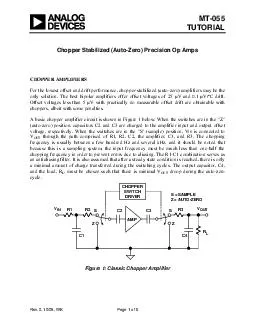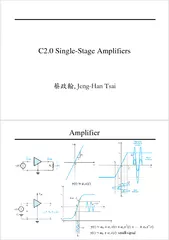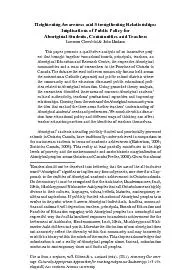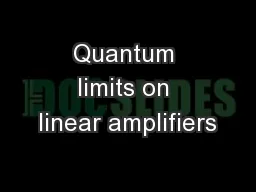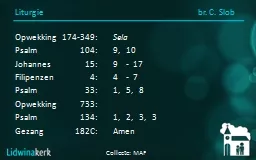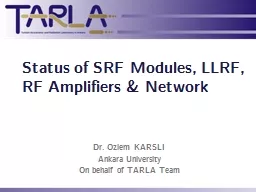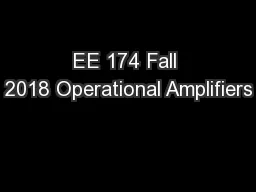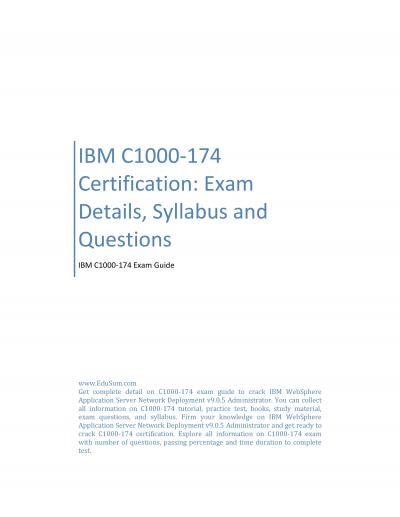PPT-EE 174 Fall 2017 Operational Amplifiers
Author : aaron | Published Date : 2019-06-22
Contents Introduction Brief of History Fundamentals of OpAmps Basic operation Gain Offset Applications Introduction Operational Amplifier OpAmp name comes from the
Presentation Embed Code
Download Presentation
Download Presentation The PPT/PDF document "EE 174 Fall 2017 Operational Amplifiers" is the property of its rightful owner. Permission is granted to download and print the materials on this website for personal, non-commercial use only, and to display it on your personal computer provided you do not modify the materials and that you retain all copyright notices contained in the materials. By downloading content from our website, you accept the terms of this agreement.
EE 174 Fall 2017 Operational Amplifiers: Transcript
Download Rules Of Document
"EE 174 Fall 2017 Operational Amplifiers"The content belongs to its owner. You may download and print it for personal use, without modification, and keep all copyright notices. By downloading, you agree to these terms.
Related Documents


